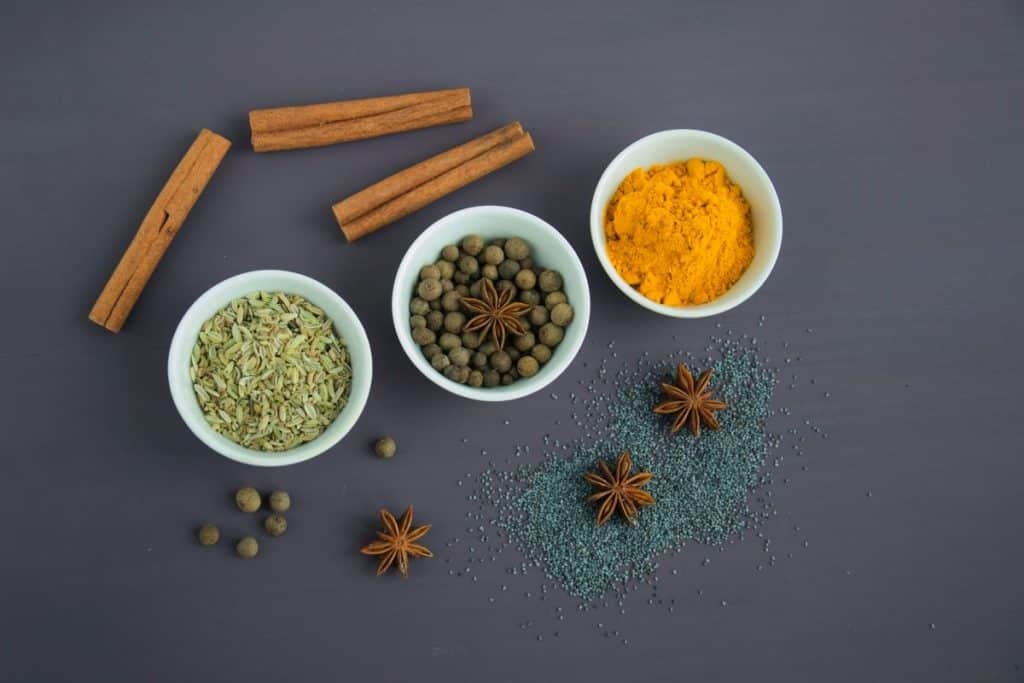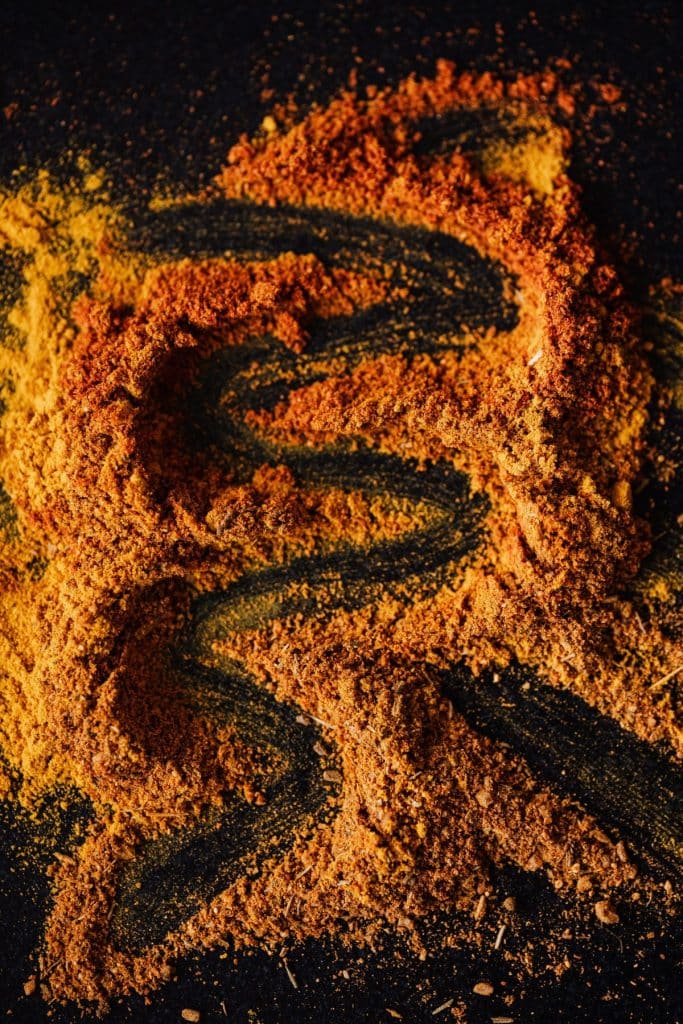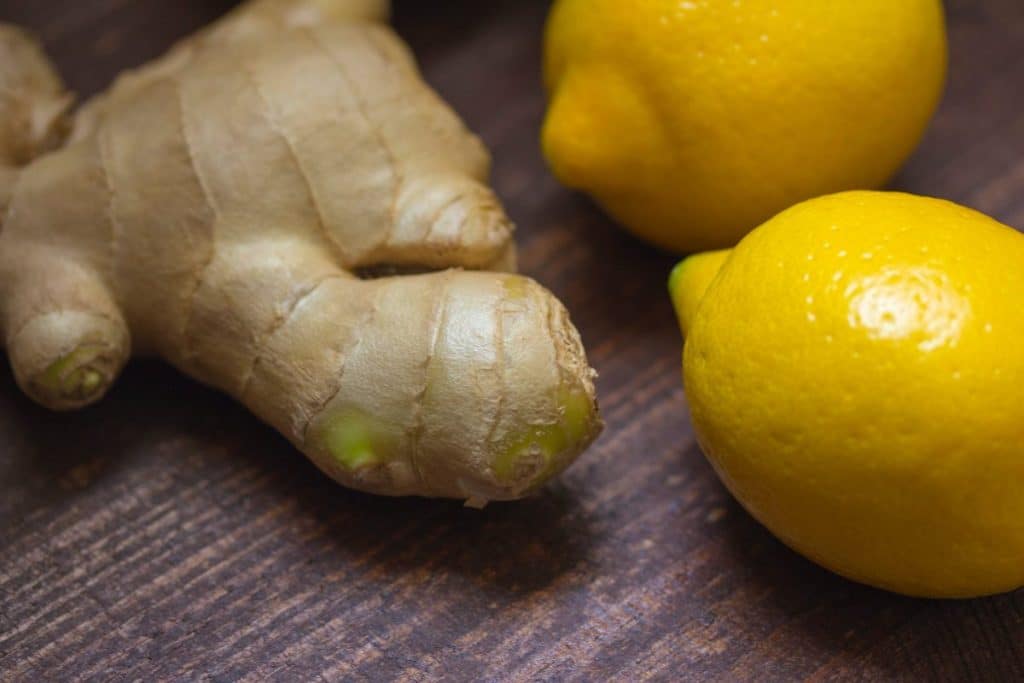13 Ayurvedic Herbs to Have on Hand
If you’ve been gradually learning about ayurveda and its wondrous abilities to heal, then you are likely seeking to stock your cabinet with ayurvedic herbs.
Ayurvedic herbs have not only been tried and tested to much acclaim over thousands of years, but they also now have scientific data backing them.

Table of Contents
What Is Ayurveda?
But wait. Maybe I’m getting ahead of myself.
If you don’t know what ayurveda is yet, then ayurvedic herbs probably seem out of the blue to you.
You’re not alone.
Ayurveda is still relatively obscure in the western world.
An ancient health and healing practice, ayurveda has been around for at least 5,000 years, and probably much longer than that.
It was begun in India by the early people there who placed great importance of the balancing of human energetic centers, which they call doshas.
The Doshas
The three doshas are Vata, Pitta, and Kapha, which regulate the fundamental elements of body, mind, and spirit.
It is thought that when the doshas are out of balance, illness begins to set in. It can begin with simple alterations in energy and mood, and will eventually descend into disease.
Each person carries all three doshas, but we are each dominated by one, maybe two of them.
Vata is creative energy, and when out of balance can lead to anxiety and fear.
Pitta is intellectual energy, and when out of balance can lead to digestion and inflammation issues.
Kapha is metabolic energy, and when out of balance can lead to laziness, lethargy, and circulation issues.
There are a number of ayurvedic treatments a practitioner of ayurveda will prescribe, including yoga, breathwork, skin rubbing, and meditation, but herbalism is almost always incorporated as part of treatment.

Herbalism
It is important to understand that herbalism is the most ancient form of medicine humans have. Long before we had Tylenol we had white willow bark. Long before we had antacids, we had ginger. Long before we had chemotherapy, we had soursop fruit.
It’s true; everything we have a pharmaceutical for, we have an herb for.
The difference is that people often want a quick, powerful remedy for every little ailment, and pharmaceuticals are often condensed and concentrated versions of plant medicines, which, of course, come with many, many side effects you simply will not get when you take the herbal version.
Of course, herbalism cannot work alone. It must be practiced in conjunction with other lifestyle changes like stress management, exercise, and meditation.
You may not get overnight results, but you will get long term results, and you won’t get those nasty side effects.
That’s the point of ayurveda, and that’s the point of ayurvedic herbs.

13 Ayurvedic Herbs to Have on Hand
So, if you’re ready to stock your medicine cabinet with all natural herbs, ayurveda is a great place to start. Here are the top 12 ayurvedic herbs to have on hand.
- Ashwagandha
Anyone suffering from anxiety, depression, low energy, or even reproductive issues – male or female – should check out ashwagandha. A small woody plant native to India and North Africa, its root and berries are used to produce one of the most popular ayurvedic remedies.
Ashwagandha is an adaptogen, meaning it helps your body and nervous system manage stress, and research shows it reduces levels of cortisol, which will help lower anxiety and improve sleep. It has also been used in fertility treatments as well as memory studies.
Recent studies have also shown it is beneficial to your immune system.
- Boswellia
Boswellia is made from the resin of the Boswellia serrata tree and is known for its spicy, woody aroma.
Boswellia has been shown in studies to be just as powerful as non-steroidal anti-inflammatories (NSAIDs), but it does not come with all the awful side effects like weight gain and facial hair growth, to mention just a few.
In studies, Boswellia reduces pain, improves mobility, and offers greater range of mobility to patients with various types of arthritis. It can also help oral infections and fight gingivitis.
- Triphala
Triphala is made from three small fruits – amla, bibhitaki, and haritaki. It has been used for arthritis patients, those with digestive issues, helping relieve constipation and abdominal pain, and it has reduced gum disease and plaque buildup.
- Brahmi
Brahmi is an herb used in ayurveda for cognitive issues like memory, attention, learning, and information processing. It seems to work with the neural transmitters to allow for better communication among the synapses.
In studies, Brahmi has shown to be as powerful as NSAIDs without the side effects, and it is effective against ADHD, poor self-control, and restlessness.
Brahmi is another adaptogen that can help the body deal with anxiety and stress.
- Cumin
You add cumin to your taco meat and never imagine it might be an ayurvedic herb, right? Well, it is. Cumin is a spice native to the Mediterranean and Southwest Asia made from the seeds of the cumin plant, which are earthy, nutty, and spicy.
Cumin helps boost digestive enzymes, improving gut health and facilitating the release of bile from the liver, which can alleviate abdominal pain and bloating.
Cumin also protects against type 2 diabetes by lowering blood sugar levels and improving insulin sensitivity.
As a bonus, cumin possesses antimicrobial properties, so it will fight infection in your body due to foodborne illness.
- Turmeric

If you don’t have fresh turmeric root in your fridge, you are missing out. Turmeric is one of those wonder foods we just don’t hear enough about.
It is an antioxidant and an anti-inflammatory. Studies have shown it is even more effective than anti-inflammatory drugs like Tylenol and Ibuprofen with no nasty side effects.
It protects against heart disease by improving blood flow, and it is as effective as Prozac, the drug used to treat depression.
Turmeric also lends itself to improved brain function, staving off dementia and depression.
- Licorice Root
Licorice root is native to Europe and Asia and has been shown to reduce inflammation and fight viruses and bacteria. It can also relieve sore throats, promote oral health, and protect against dental cavities.
In ayurvedic medicine, it is used to prevent heartburn, bloating, nausea, belching, and stomach ulcers. On the skin, it can reduce rashes.
- Gotu Kola
Gotu kola is an interesting ayurvedic herb as it grows in and around water and has no smell or taste. It is traditionally brewed in tea along with other herbs to help with cognitive issues.
Studies have shown it helps improve memory as well as reduces anxiety disorders. It also reduces stress and depression.
Gotu kola can also be applied to the skin to reduce scarring and stretch marks along with other skin blemishes.
- Bitter Melon
Bitter melon is a close relative of the squash family, growing on a vine in tropical regions. It is a staple in Asian cuisine, packed with nutrients and antioxidants.
Bitter melon has been shown to reduce blood sugar as well as lower bad cholesterol.
- Cardamom
You may have heard of cardamom as an ingredient in your chai tea. No surprise there as chai is a traditional ayurvedic remedy.
Cardamom has been a spice included in ayurveda for thousands of years and studies show it reduces blood pressure and increases oxygen uptake in lungs during exercise.
It has also been noted as an aid against H. pylori bacteria, which is a common cause of stomach ulcers.
- Ajwain
Ajwain is used in ayurveda to draw out toxins. A seed like fruit used in Indian cooking, it heals painful joints, and is a strong digestive and nerve stimulant.
- Neem
Another detox herb, neem is a leaf plant that grows in the tropical region of India. It is used for wound healing and curing skin disease and damage, including from the sun.
In studies, neem has worked wonders for eczema and psoriasis, and it can also be helpful for joint and muscle pain.

- Ginger
And of course, I could not have a list of ayurvedic herbs and not include the superfood – ginger.
Again, if you do not have fresh ginger in your fridge right now, what is wrong with you!?
Ginger is a miracle of sorts, with a list of health benefits a mile long.
Ginger is a flowering plant native to Southeast Asia, and we typically consume rhizome, or the underground part of the stem.
Ginger has been shown throughout history and in scientific studies to be both anti-inflammatory and antioxidant.
It is used to treat nausea and morning sickness.
It can help with weight loss and diabetes as well as arthritis.
It lowers blood sugars and improves heart disease risk factors.
It can help with chronic indigestion and menstrual pain.
The list goes on and on.
Don’t just keep ginger in your medicine cabinet.
Chop it up, boil it, and serve it with lemon and honey as a ginger tea every single day.
You will be so glad you did.
Happy manifesting!






